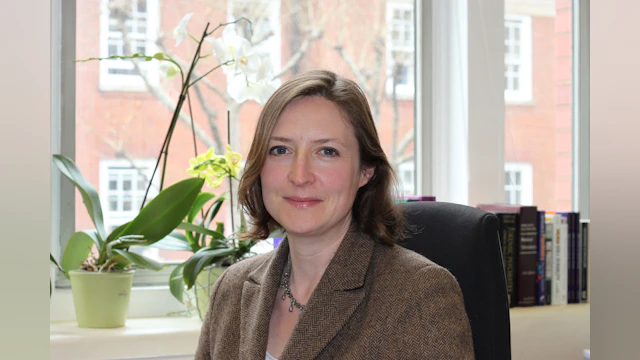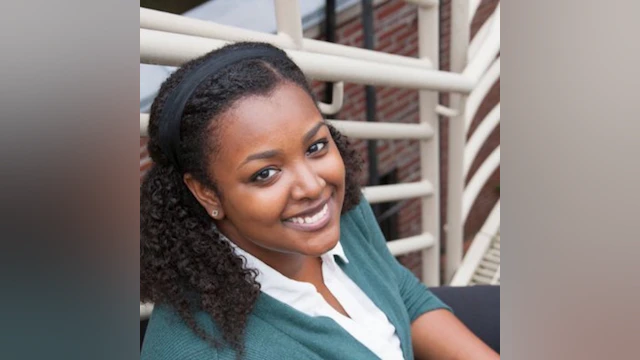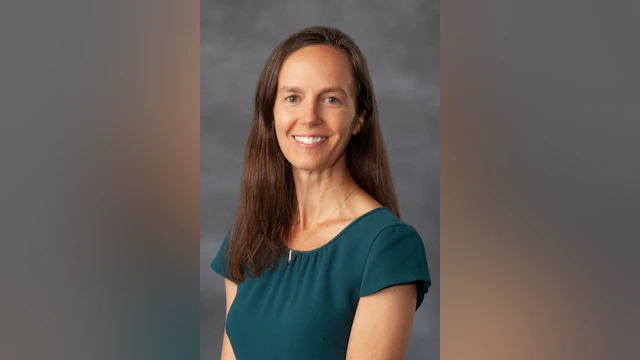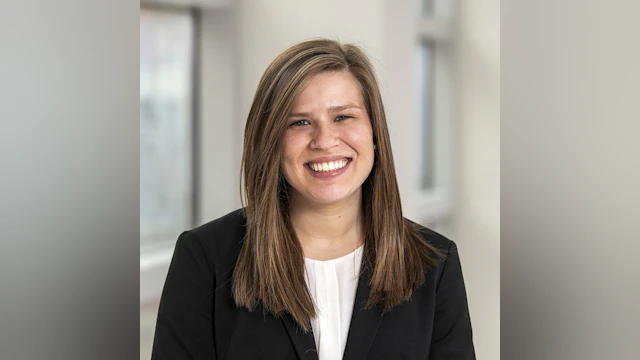The Research Roundup is a regular update of recently published findings in suicide prevention research. AFSP-funded studies included in this roundup examined how…
- Risk for suicidal behavior fluctuates around emotionally significant times for loss survivors
- Mental health equity can be achieved in suicide prevention efforts for Black males
- Individuals who self-harm may differ from individuals who attempt suicide, and
- Emotion regulation plays a part in suicide risk for people who experience psychosis

Researcher: Alexandra Pitman, PhD
Institution: University College London
Grant Type: 2018 Standard Research Grant — $99,819
Grant Title: Understanding the Mediators of Suicide and Suicide Attempt Risk after Suicide Bereavement in the Danish Population
For suicide loss survivors, anniversaries of their loved one’s death, along with their birthdays (also referred to as dates of emotional significance), can bring an elevated level of emotional intensity and distress when compared with other points of their grief journey. Since prior research has indicated that suicide loss survivors are at an increased risk for suicidal thoughts and behaviors, there has been a question as to whether this increases around dates of emotional significance.
To investigate this further, Dr. Alexandra Pitman conducted a case series study by compiling data from the national health registry in Denmark. Dr. Pitman included all individuals living in Denmark between 1980 and 2016 who had lost either an immediate family member or partner to suicide and also reported an incident of self-harm, suicide attempt, or died by suicide within five years of being bereaved. She compared incidents in two timeframes — the first 30 days after bereavement, and the six weeks before and after death anniversaries and birthdays — with the time between these periods and found no evidence of elevated risk for suicidal behavior during dates of emotional significance.
Citation: Pitman, A., Logeswaran, Y., McDonald, K., Cerel, J., Lewis, G., & Erlangsen, A. (2023). Investigating risk of self-harm and suicide on anniversaries after bereavement by suicide and other causes: A Danish population-based self-controlled case series study. Epidemiology and Psychiatric Sciences, 32, E53. https://doi.org/10.1017/S2045796023000653

Researcher: Leslie Adams, PhD, MPH
Institution: Johns Hopkins Bloomberg School of Public Health
Grant Type: 2020 Young Investigator Grant — $90,000
Grant Title: Real-Time Assessments of Suicidality among Black Men: A Mixed Methods Approach
Though still low when compared with other groups, the suicide rate among Black males has increased recently and is now the third leading cause of death for Black males aged 10-34, and the 12th leading cause of death for Black males overall in 2021. An emerging mental health equity priority is to enhance the ability for future suicide researchers to fully characterize and intervene on suicide risk factors for this group, but there is a lack of empirical evidence for them to build on. In response to this, Dr. Leslie Adams reviewed the existing literature and wrote a prospective article to outline gaps and offer recommendations to the field for reducing suicide death among Black males.
Dr. Adams identified a gap in sampling strategies for a vast majority of suicide research studies in that they have mainly been conducted among persons of European descent, and that when Black males are included, they are compared to White, middle-class participants. Her recommendations for future efforts included: (1) prioritizing funding for strategic frameworks centered on Black male suicide prevention, (2) identifying innovative solutions to maintain continuity of care for Black males in the health care sector, (3) leveraging crisis support hotlines and safety planning to better serve Black males, and (4) placing community advisors at the forefront of solution-driven suicide prevention research.
Citation: Adams LB, Thorpe RJ Jr. Achieving mental health equity in Black male suicide prevention. Front Public Health. 2023 Mar 30;11:1113222.doi: https://doi.org/10.3389/fpubh.2023.1113222

Researcher: Alexis Edwards, PhD
Institution: Virginia Commonwealth University
Grant Type: 2021 Standard Research Grant — $97,858
Grant Title: The Etiology of Suicidal and Non-Suicidal Self-Injury in a Population-Based Sample
Non-suicidal self-injury (NSSI) and suicide attempts are two major public health concerns that overlap in much existing suicide prevention research. Though these outcomes are related, it has been suggested that the origins of these behaviors do not entirely overlap. While a great range of risk factors have been identified for the two outcomes, it’s important to better understand what differentiates them in order to improve the prediction of risk and develop intervention efforts.
To address this, Dr. Alexis Edwards and her team pulled data from the UK Biobank cohort and analyzed self-reported incidents of NSSI and suicide attempts from 6,643 individuals. After assessing for differences based on sociodemographic, behavioral, and environmental factors, she found that sociodemographic factors most strongly differentiated the two outcomes. Individuals who were more likely to report engaging in NSSI-only were younger, female, had higher levels of education, resided with a partner, or had a recently injured relative. In regard to suicide attempts, Black individuals were more likely to report an attempt, as were individuals of mixed race, individuals with higher levels of depressive symptoms or trauma history, and those who had experienced financial problems. While these findings are useful for differentiating specific factors in people with NSSI and those who make suicide attempts, more research is needed to learn about how these factors relate to each other and suicide risk.
Citation: Edwards, A. C., Gentry, A. E., Peterson, R. E., Webb, B. T., & Mościcki, E. K. (2023). Multifaceted risk for non-suicidal self-injury only versus suicide attempt in a population-based cohort of adults. Journal of affective disorders, 333, 474–481. https://doi.org/10.1016/j.jad.2023.04.040

Researcher: Heather Wastler, PhD
Institution: The Ohio State University
Grant Type: 2021 Young Investigator Grant — $88,800
Grant Title: Real Time Assessment of Emotion Regulation and Suicidal Ideation among Individuals with First-Episode Psychosis
Psychosis is a symptom that exists on a continuum ranging from isolated experiences (e.g., hearing voices or seeing visions) to chronic mental health conditions, such as schizophrenia spectrum disorders. We know from research that psychotic disorders are associated with suicidal thoughts and behaviors, but little is known about what contributes to this risk. Additionally, difficulties with emotion regulation have been well documented among individuals with psychosis and have also been found to be associated with suicidal ideation.
With this in mind, Dr. Heather Wastler sought to examine the relationship between psychotic experiences, emotion regulation, and suicidal ideation. To do this, Dr. Wastler administered self-report questionnaires to 1,590 Chilean adolescents aged 12-19. After analyzing the results, she found that paranoid ideation (persistent thoughts of suspicion or distrust), perceptual abnormalities (misinterpretation of sensory information), and a form of emotion regulation called expressive suppression (intentional reduction of the facial expression of an emotion) had the strongest relationship with suicidal ideation. These results support the notion that emotion regulation may play a part in suicidal ideation for individuals experiencing psychosis and provide valuable information for suicide prevention in this population.
Citation: Wastler, H. M., & Núñez, D. (2022). Psychotic experiences, emotion regulation, and suicidal ideation among Chilean adolescents in the general population [Brief Research Report]. Frontiers In Psychiatry, 13, http://dx.doi.org/10.3389/fpsyt.2022.983250
Learn more about the AFSP research grants featured in this monthly roundup, as well as others, here.
